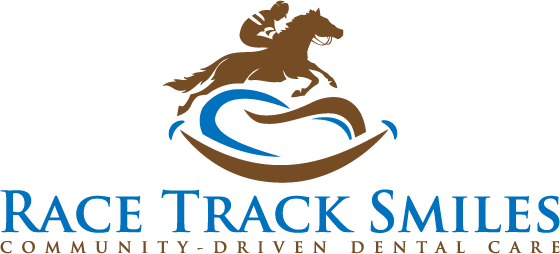Gum disease is curable in its early stage—gingivitis, which involves gum inflammation without bone loss. With proper brushing, flossing, and professional cleanings, it can be reversed. However, advanced gum disease—periodontitis—is not curable, but it can be managed. Treatments like deep cleanings (scaling and root planing), improved oral care, and regular dental visits can control the infection, prevent further damage, and help maintain gum and bone health.
Gum Disease Treatment
-
Cost
Scaling and root planing typically cost between $250 and $333. However, the total cost can depend on your overall needs and insurance coverage. You can also save on gum disease treatment by joining our Triple Crown Savings Program.
Office Fees -
Procedure Duration
Gum disease deep cleanings usually take one or two hours, depending on the extent of the gum disease and the areas that need treatment. Multiple visits may be needed in more complex cases.
Schedule Today -
Comfort Measures
We are committed to utilizing cutting-edge techniques and technology in all our services, including treating gum disease. If dental anxiety is a major issue for you, we do offer IV sedation.
Sedation Dentistry
Gum Disease Treatment in Tampa, FL
Race Track Smiles offers modern, effective gum disease treatment. Gum disease, otherwise known as periodontal disease, is an infection caused by plaque buildup. It can start out as gingivitis, which causes red, swollen gums. If left untreated, the disease can turn into periodontitis, leading to gum recession, bone loss, and tooth loss in some cases.
If you have noticed gum disease symptoms, pain, or discomfort, our team will restore your oral health no matter what stage of gum disease you’re experiencing.
01.
How Gum Disease Treatment Works
To determine the severity of gum disease, our team will examine your gums, take X-rays to check bone loss, and measure your gum pocket depth.
Scaling and root planing are common treatments for gum disease. This deep cleaning removes plaque and tartar from the surface and below the gum line. Root planing smooths out root surfaces to help gums reattach to the teeth, making future plaque buildup more difficult. Antibacterial treatments may also be used to clear out bacteria from gum pockets.
Local anesthesia can be used to numb the treatment area during the deep cleaning procedure. We also have IV sedation available to help with relaxation.
02.
Next Steps Following Gum Disease Treatment
When your gum disease treatment is completed, following a strong oral hygiene routine will help you maintain the health of your gums. This includes brushing and flossing at least twice a day, rinsing with mouthwash, and keeping up on regular dental checkups.
If you experience gum disease symptoms again, please reach out to our team.
FAQ
-
Is gum disease curable?
-
How do I know if I have gum disease?
You may have gum disease if you have:
- Red, swollen, or tender gums.
- Bleeding while brushing or flossing.
- Persistent bad breath or bad taste.
- Receding gums.
- Loose or shifting teeth.
- Pus between gums and teeth.
- Changes in your bite or how dentures fit.
If you experience these symptoms, see your dentist promptly for an evaluation and early treatment.
-
How do you prevent gum disease?
To prevent gum disease, follow these key steps:
- Brush twice daily with fluoride toothpaste.
- Floss daily to remove plaque between teeth.
- Visit your dentist regularly for cleanings and checkups (every six months).
- Eat a balanced diet low in sugar and processed foods.
- Avoid smoking or tobacco use.
- Use an antimicrobial mouthwash if recommended.
Consistent oral hygiene and healthy habits are your best defense against gum disease.

